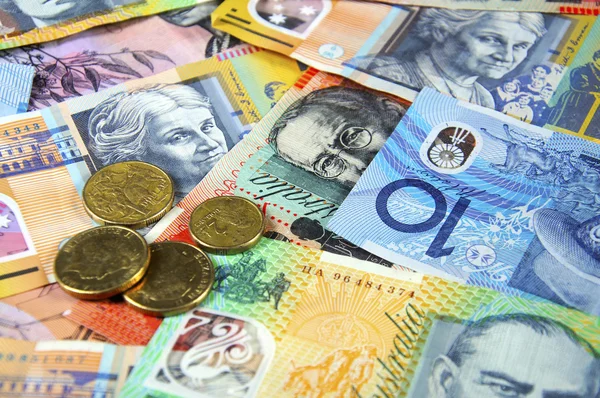Australian Dollar has continued to rise.
On Tuesday, the Australian Dollar (AUD) continues its gains for the second day in a row. Holding higher versus the US Dollar. The pair gained ground with the release of the hawkish Reserve Bank of Australia (RBA) minutes for the October 2023 meeting on Tuesday.
The Australian central bank board debated whether to boost interest rates by 25 basis points (bps) or keep the existing rate. However, the board members came to the conclusion. That the stronger case was to keep the charges consistent. This decision was based on considerations such as inflation statistics, employment figures. And updated predictions, all of which would be available at the November meeting.
RBA board members advocated keeping interest rates at their present levels.
The RBA’s board members admitted that there were serious worries about inflationary risks. This shows that the board is concerned about potential variables that might cause inflation to rise.
ANZ Weekly Australia The Roy Morgan Consumer Confidence poll, issued on Tuesday. Shows a drop in consumer confidence throughout the country. The reading dropped to 76.4 from 80.1 the previous day. The fall is seen across all sub-indices, indicating a more cautious or negative consumer attitude.
The US dollar is under pressure as a result of dovish statements made by many Fed members.
The US Dollar Index (DXY) is under pressure as a result of the dovish comments. Multiple Federal Reserve officials have stated that no additional interest rate rises are expected for the rest of 2023. The central bank’s dovish attitude reflects a cautious approach. Highlighting a reluctance to tighten monetary policy in the current economic context.
On Monday, Federal Reserve Bank of Philadelphia President Patrick Harker contributed to this view by saying. That the central bank should avoid adding new stresses to the economy by raising borrowing costs. Harker also stated that, in the absence of a dramatic shift in the data, the Fed should keep interest rates at their current levels.
Daily Market Movers: The Australian dollar continues to rise on the back of hawkish RBA minutes.
The RBA may launch a central bank digital currency (CBDC). . At The Australian Financial Review Cryptocurrency Summit, Brad Jones, Assistant Governor (Financial System) at the RBA, highlighted the tokenization of assets and money in the digital world.
On Thursday, the Australian Consumer Inflation Expectations for October were announced at 4.8%, a little rise from the September reading of 4.6%. The August comeback in inflation, mostly due to higher oil prices, increases the possibility of another RBA interest rate hike.
On Friday, the National Bureau of Statistics of China revealed that Chinese inflation fell in September. The Australian Dollar (AUD) may be under pressure as a result of this event. The Chinese numbers show that economic troubles persist, despite the recent government stimulus plan aimed at assisting the country in meeting its 5% growth objective. The continuing violence in the Middle East adds another degree of complication to the issue. This geopolitical aspect may push the RBA to adopt a 25 basis point (bps) interest rate rise, bringing the rate to 4.35% before the end of the year.
Given the uncertainties surrounding the Fed’s policy rate trajectory, investors appear to be exercising prudence in making aggressive wagers on the US Dollar (USD). The Fed’s lack of clarity on interest rate policy is distorting market sentiment and adding to investor reluctance.
The recent rebound in US Treasury rates is viewed as a possible element that might offer support to the US Dollar. By press time, the 10-year US Treasury bond yield was 4.72%.
Additionally, As geopolitical tensions between Israel and Palestine rise, the USD continues to profit from safe-haven flows.
According to an unnamed Reuters source, US officials and Israel have discussed the idea of US President Joe Biden visiting Israel. According to reports, Israeli Prime Minister Benjamin Netanyahu extended the offer.
Market players will most likely be watching US Retail Sales.
Market players will most likely be watching US Retail Sales and the Fed’s Beige Book. On Tuesday, there will also be a book report. The employment figures for Australia will be revealed on Thursday. Traders will use these numbers to identify trading opportunities in the AUDUSD pair.









